Don’t Be Fooled by DCIS
A 46-year-old woman had a routine screening mammogram that showed new calcifications in the posterior left breast. A diagnostic mammogram showed several small punctate calcifications, and a 6-month interval follow-up was recommended.
Oncology (Williston Park). 31(7):549–561.

Figure 1. Left Breast 90-Degree Mediolateral Spot Magnification Views From the Patient’s Initial and Follow-Up Mammograms
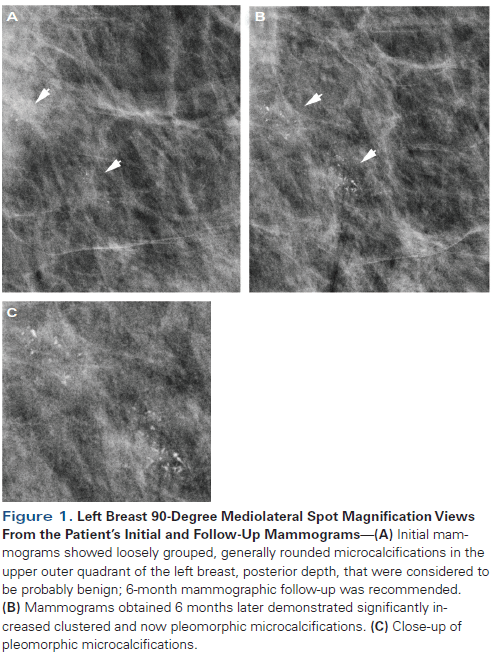
Figure 2. Ductal Carcinoma In Situ (DCIS)
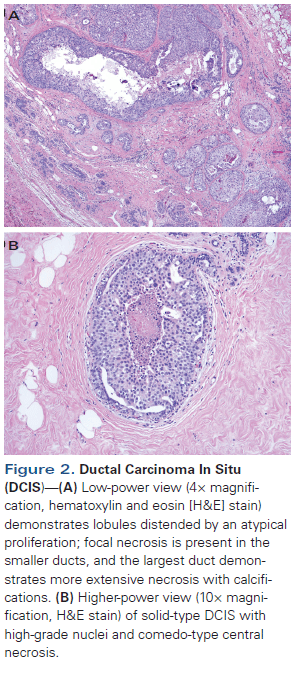
Figure 3. Postmastectomy Imaging of the Recurrence in the Upper Outer Quadrant of the Patient’s Left Breast
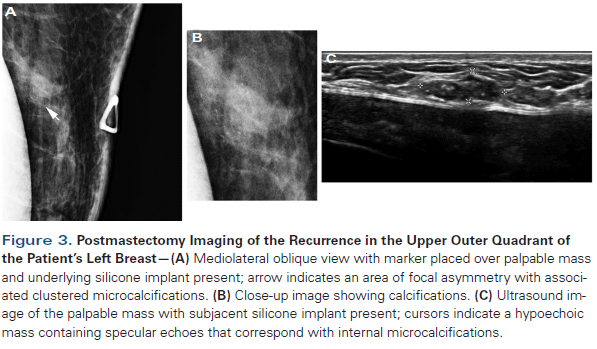
Figure 4. Metastatic Carcinoma Found in Patient’s Lymph Nodes at Time of Recurrence
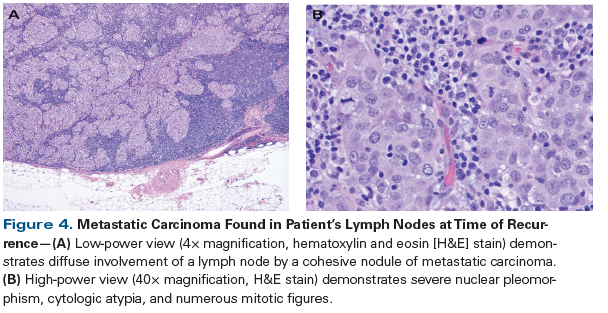
Figure 5. PET/CT Scan Following Left Lumpectomy and Sentinel Lymph Node Biopsy
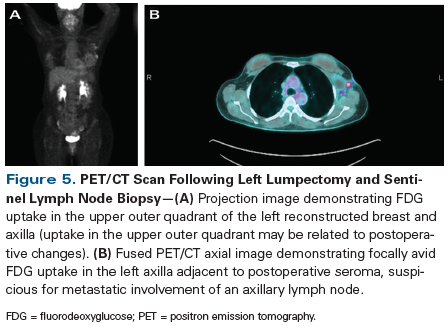
The Case
A 46-year-old woman had a routine screening mammogram that showed new calcifications in the posterior left breast. A diagnostic mammogram showed several small punctate calcifications, and a 6-month interval follow-up was recommended. The follow-up mammogram showed pleomorphic calcifications spanning 1.5 cm (Figure 1). Three sites of calcifications were biopsied. The posterior site showed high–nuclear grade ductal carcinoma in situ (DCIS) with comedonecrosis. The DCIS specimen stained positive for estrogen receptor (3+, 90%) and progesterone receptor (3+, 75%). The patient underwent genetic counseling and testing. No known mutations were found, but four variants of uncertain significance were identified in the APC gene.
With the superior lesion as the only site of disease, she was an excellent candidate for lumpectomy; however, she opted for bilateral mastectomy and left sentinel lymph node biopsy, followed by tissue expander placement. The pathology report showed two foci of high-grade DCIS, with the larger of these approximately 20 mm in size (Figure 2). The two foci of disease demonstrated a predominantly solid pattern, with focal micropapillary and comedo patterns. Margins showed no DCIS involvement; the closest margin was 1.4 mm. Left sentinel lymph node excision was negative for carcinoma. No adjuvant therapy was recommended. Six months after her mastectomy, she underwent expander exchange and placement of silicone implants.
One year after her initial diagnosis, the patient noted a palpable abnormality in the left reconstructed breast, at the 2 o’clock position. Imaging and biopsy revealed invasive ductal carcinoma and high-grade DCIS (Figure 3). She had a left wire-guided lumpectomy and excision of two lymph nodes. The final pathology report showed a 0.9-cm invasive ductal carcinoma with marked lymphoplasmacytic response, and resection margins positive for invasive carcinoma. The carcinoma was grade 2, with lymphovascular space invasion. The lesion was associated with high–nuclear grade DCIS, and displayed solid and cribriform growth patterns with associated comedonecrosis and microcalcifications. The two lymph nodes that were removed were both positive for metastatic carcinoma; in one, the cancerous deposit measured 1.3 cm, and in the other, 1.6 cm (Figure 4). The cancer was estrogen receptor– and progesterone receptor–positive and human epidermal growth factor receptor 2/neu–negative (stage IIA, rT1b, N1, M0). Postoperative staging positron emission tomography (PET)/CT scans showed two suspicious foci in the left axilla (Figure 5).
Which of the following represents the best next step in management for this patient?
A. Adjuvant chemotherapy
B. Re-excision and axillary lymph node dissection
C. Post-mastectomy radiation to the left chest wall
D. Radiation treatment of the regional undissected lymph nodes
E. Adjuvant endocrine therapy with an aromatase inhibitor
F. All of the above
Discussion
DCIS (or stage 0 breast cancer) accounts for approximately 20% of mammographically detected breast cancers.[1] Although DCIS has become a rather common diagnosis, the biology of the disease is not well understood. The traditional pathologic classification of breast carcinoma is based on histologic subtypes; however, it is becoming increasingly clear that the extent of differentiation (grade) is a better predictor of outcome. Prognosis based on classification is mirrored in the molecular phenotype, as each of the various molecular subtypes is associated with distinct clinical behavior.
This case highlights the importance of a multidisciplinary approach, starting with diagnosis and continuing through subsequent treatment. The correct answer-Answer F, “all of the above”-underscores the fact that surgery, radiation oncology, pathology, breast imaging, and medical oncology all have a role to play in the treatment of this patient with recurrent node-positive invasive disease.
The recurrence of breast cancer after mastectomy for DCIS is uncommon, but for women who do relapse with invasive disease, the mortality rate is high.[2] While there is ongoing debate regarding the overtreatment of DCIS, there are factors associated with an increased risk of locoregional recurrence even after mastectomy; these include young age (< 40–45 years), close/positive margins (≤ 2 mm), and large multifocal disease.[3] In addition, a tumor grade of 3 has a small but significant negative impact on relapse rates, suggesting the need to optimize therapy in these patients.[4]
Re-excision to achieve negative margins is indicated, and axillary lymph node dissection should be considered (Answer B). The margins of the specimen after lumpectomy for locoregional recurrence were positive, and both lymph nodes removed contained metastatic carcinoma. Also, the postoperative PET/CT scan demonstrated findings suspicious for additional axillary disease. Although there are few data to guide the regional management of a positive axilla in the setting of recurrent breast cancer, the management practices in patients in whom sentinel node biopsy has been performed prior to neoadjuvant chemotherapy are instructive here. In the SENTINA trial,[5] repeat sentinel node biopsy was performed after neoadjuvant chemotherapy in patients who had a positive sentinel node prior to neoadjuvant chemotherapy, in an attempt to determine treatment response. Repeat mapping was successful in 61% of patients, leading to an unacceptable false-negative rate of 52%. Also, because this patient has already undergone two axillary surgeries, repeat sentinel node biopsy would not be feasible.
Given her invasive and node-positive recurrence, and in light of its histology, we recommended systemic treatment with dose-dense doxorubicin and cyclophosphamide and weekly paclitaxel chemotherapy, followed by surgery (Answer A). The use of chemotherapy in this setting is supported by the Chemotherapy for Isolated Locoregional Recurrence of Breast Cancer (CALOR) trial.[6]
KEY POINTS
- When a patient whose initial diagnosis was
ductal carcinoma in situ (DCIS) later presents
with invasive progression, you need to change
gears from considerations of DCIS. All subsequent
treatment decisions must be based on the fact that you are treating invasive, recurrent breast cancer-not DCIS. - A multidisciplinary approach is required for the management of a chest wall recurrence after
mastectomy. - Surgical excision followed by radiation therapy
to the involved chest wall and regional lymphatics is the standard of care. - Systemic treatment with cytotoxic chemotherapy
is supported by the Chemotherapy
for Isolated Locoregional Recurrence of Breast
Cancer (CALOR) trial. - There is no clear anatomic plane separating
breast tissue from the subcutaneous fat.
Studies have shown that residual breast tissue
is present after mastectomy in 21% to 94% of patients.
Post-mastectomy radiation to the chest wall and regional lymph nodes (Answers C and D) is standard treatment after a locoregional post-mastectomy recurrence.[7] Antiendocrine therapy with an aromatase inhibitor (Answer E) is supported by the results of the SOFT trial.[8]
Outcome of This Case
Chemotherapy is ongoing, and the patient is tolerating treatment well. The next step will be surgical excision and, potentially, axillary lymph node dissection. Axillary radiation will be given regardless. If there is concern about the morbidity associated with axillary dissection, this will be addressed in a multidisciplinary discussion.
It is important to highlight a common misconception that patients and family members have about bilateral mastectomies. It is widely believed that patients who have undergone a bilateral mastectomy have nothing to worry about because the breast tissue is “gone.” However, for a variety of reasons, removing all breast tissue at the time of mastectomy is considered an unattainable goal.[9] First, in skin-sparing and nipple-sparing mastectomy, the goal is to optimize aesthetic outcome by preserving the skin envelope of the breast while simultaneously removing nearly all terminal ductal lobular units. However, this is a delicate balance, since skin flaps that are too thin can cause flap necrosis, leading to a suboptimal cosmetic outcome and delayed oncologic care of the patient, while flaps that are too thick can leave behind glandular tissue that could put the patient at risk for recurrent cancer. Thus, there is no standard for mastectomy flap thickness for multiple reasons. Also, anatomic studies of the breast show that the superficial fascial layer that is present and readily identifiable in the thorax and abdominal wall is not present in the breast of at least 44% of women,[9] and in those in whom it is identifiable, the layer itself often contains breast tissue. Other studies have tried to quantify the thickness of the subcutaneous tissue layer of the breast, but this is difficult to measure accurately, since tissue processing techniques are variable. Because there is no clear anatomic plane separating breast tissue from the subcutaneous fat, it is no surprise that studies have shown that residual breast tissue is present after mastectomy in 21% to 94% of patients.[9] It must also be kept in mind that breast tissue can at times extend high into the axilla and even below the inframammary fold.
Financial Disclosure: The authors have no significant financial interest in or other relationship with the manufacturer of any product or provider of any service mentioned in this article.
If you have a case that you feel has particular educational value, illustrating important points in diagnosis or treatment, you may send the concept to Dr. Crawford at david.crawford@ucdenver.edu for consideration for a future installment of Clinical Quandaries.
References:
1. Ernster VL, Ballard-Barbash R, Barlow WE, et al. Detection of ductal carcinoma in situ in women undergoing screening mammography. J Natl Cancer Inst. 2002;94:1546-54.
2. Bannani S, Rouquette S, Bendavid-Athias C, et al. The locoregional recurrence post-mastectomy for ductal carcinoma in situ: incidence and risk factors. Breast. 2015;24:608-12.
3. Narod SA, Iqbal J, Giannakeas V, et al. Breast cancer mortality after a diagnosis of ductal carcinoma in situ. JAMA Oncol. 2015;1:888-96.
4. Williams KE, Barnes NL, Cramer A, et al. Molecular phenotypes of DCIS predict overall and invasive recurrence. Ann Oncol. 2015;26:1019-25.
5. Pilewskie M, Morrow M. Axillary nodal management following neoadjuvant chemotherapy: a review. JAMA Oncol. 2017;3:549-55.
6. Aebi S, Gelber S, Anderson SJ, et al. Chemotherapy for isolated locoregional recurrence of breast cancer: the CALOR randomised trial. Lancet Oncol. 2014;15:156-63.
7. Halyard MY, Harris EE, Bailey L, et al. ACR Appropriateness Criteria: local-regional recurrence (LRR) and salvage surgery–breast cancer. Oncology (Williston Park). 2014;28:157-64, C3.
8. Regan MM, Pagani O, Francis PA, et al. Predictive value and clinical utility of centrally assessed ER, PgR, and Ki-67 to select adjuvant endocrine therapy for premenopausal women with hormone receptor-positive, HER2-negative early breast cancer: TEXT and SOFT trials. Breast Cancer Res Treat. 2015;154:275-86.
9. Robertson SA, Rusby JE, Cutress RI. Determinants of optimal mastectomy skin flap thickness. Br J Surg. 2014;101:899-911.